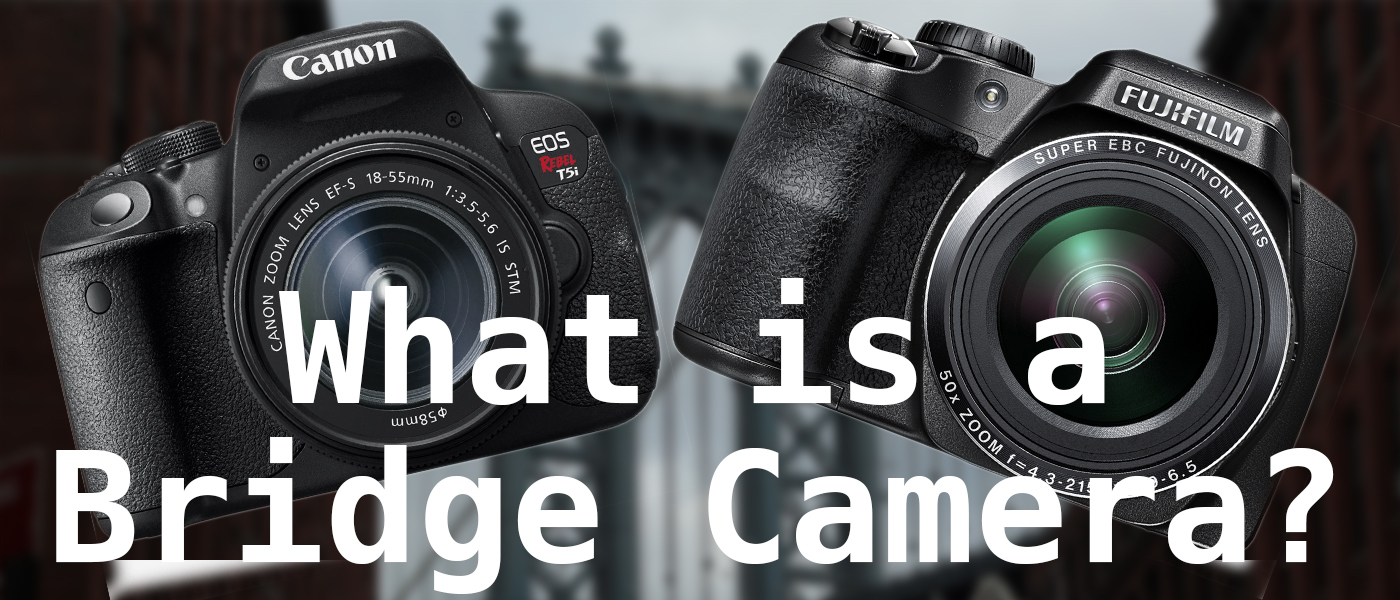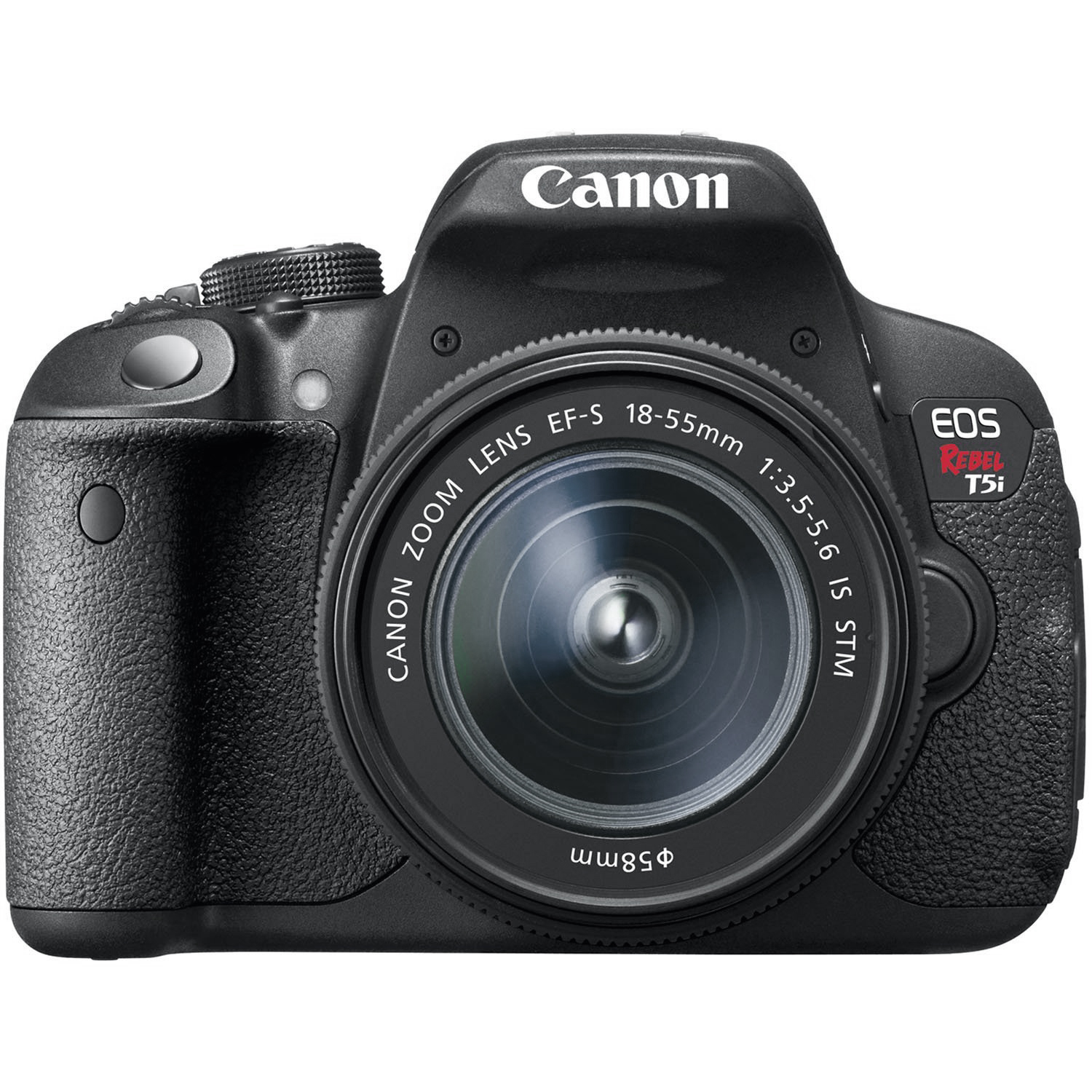 Well what is a bridge camera? Do you shoot bridges with it? - Sure you can, why not. A bridge camera is a classification of cameras that fall between point and shoot cameras and Digital Singles Lens Reflex cameras also known as DSLRs. There have been nearly 100 models of bridge or bridge-like cameras released since 2008 from most all major camera manufacturers. Due to its size and features, a bridge camera gets its name acting as an intermediate bridge between hobbyist point and shoot cameras, and professional DSLRs.
Well what is a bridge camera? Do you shoot bridges with it? - Sure you can, why not. A bridge camera is a classification of cameras that fall between point and shoot cameras and Digital Singles Lens Reflex cameras also known as DSLRs. There have been nearly 100 models of bridge or bridge-like cameras released since 2008 from most all major camera manufacturers. Due to its size and features, a bridge camera gets its name acting as an intermediate bridge between hobbyist point and shoot cameras, and professional DSLRs.
What is a Bridge Camera & How to Spot it
A bridge camera at a glance looks much like a DSLR. What sets is apart is that is has a smaller imaging sensor than traditional DSLRs and a non-interchangeable lens system (the lens is not removable). In fact the sensors in bridge cameras will most likely be the same types of sensors found in point and shoot style cameras. The above mentioned particulars that make up a bridge camera, and the core specifications or what cause people to love them or hate them. Whether a bridge camera is a worthwhile purchase all depends on your photographic background and what you are comparing it to.
Fujifilm S9900w "Bridge Camera" | $349.95
Canon EOS Rebel T5i "DSLR" | $749.00
Bridge Camera vs Superzoom
Superzoom cameras are cameras with a non-interchaneable lens system, where the single lens of the camera has a zoom performance that ranges from wide-angle to super telephoto. The average zoom range of superzoom cameras lie around a full frame equivalent of 28mm to 600mm, with several reaching beyond 1200mm.
Bridge cameras and superzooms are different classifications of cameras but can be easily confused as often most bridge cameras are also superzooms. Superzoom cameras often come in a point and shoot sized body, and can have very limited features with relatively low image quality - these would be solely considered a superzoom and not a bridge camera. Conversely there are a few bridge cameras such as the powerful and feature rich Sony RX10, that do not have super telephoto reach.
SONY DSC RX10 "Bridge Camera" | $998.00
What do Professional Photographers think of Bridge Cameras?
You will likely not find mass appeal to own a bridge camera among professional photographers and videographers. Interesting and promising, there is just not a huge need for one if you already have access to and knowledge of operating higher performing equipment. Still though with image quality increasing (but not sensor size), there is a slight appeal to a bridge cameras size and simplicity; and the super telephoto ranges it can provide. A common use a professional photographer or videographer my find is as a 'travel camera' or 'camera b' on a low budget video shoot where traveling light might be more important than magazine/cinema style image quality.
Pros & Cons of Bridge Camera
It's a fact for example that bridge cameras are typically larger bodied than point and shoots, whether that's a pro or a con for you depends what your looking for. Here are some other bullet points to consider, placed where they likely fall for most in this pros & cons of bridge cameras list:
PROS:
- More affordable than DSLR cameras
- All-in-one type camera, no need for extra lenses
- Sensors equal to or larger than most point and shoot style cameras
- Supertelephoto capability
- Professional looking size and form factor
- Viewfinder a standard feature
Cons:
- Single lens, lack of expandability
- Lesser imaging quality than DSLRs, no APS-C or full frame sensors
- Often low-quality viewfinders
- Higher minimum aperture values
- Possible but likely not a substitute for a DSLR or high end Mirrorless
Good for
- High quality hobbyist photography
- Travel
- Introductory professional video & photography work
- Basic wildlife photography
Not good for
- Sports photography
- Low light photography
- High end photography
FLASHBACK!
Olympus AZ 300 "Bridge Camera" | Release Date: 1988 | Olympus 38 – 105mm F4.5 -6 lens





